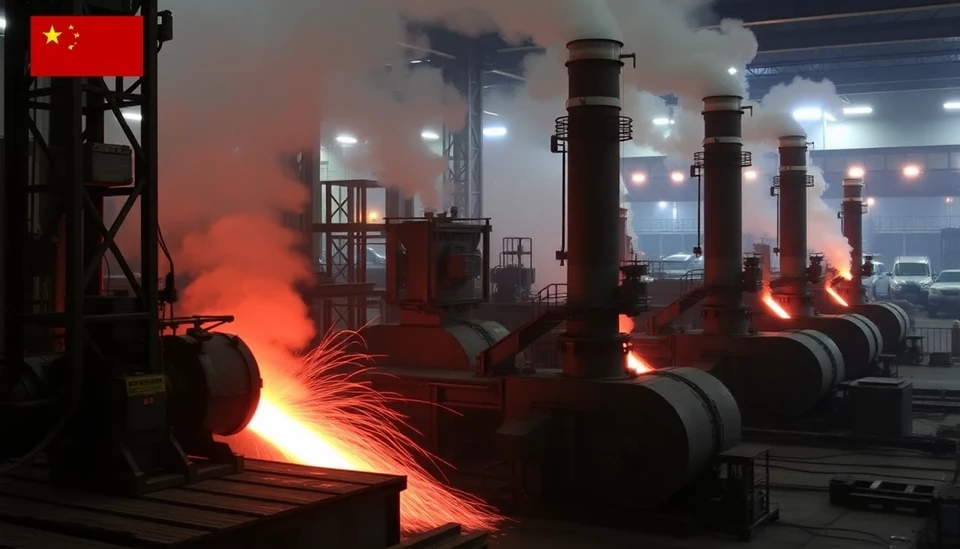
China's steel industry is witnessing a significant rebound as the country’s government implements a series of economic stimulus measures. Recent data shows that steel production has experienced a marked recovery, driven by increased demand and a favorable market environment. This resurgence is particularly notable as it reflects China’s broader strategy to bolster its economy amidst ongoing global uncertainties.
According to industry reports, steel output in China surged in recent weeks, marking a notable increase year-over-year. This upturn comes after a period of stagnation and decline that had raised concerns about the sustainability of the steel market. Analysts attribute this resurgence to several factors, including government initiatives aimed at stimulating domestic demand and infrastructure development projects that require substantial steel input.
The Chinese government has rolled out various fiscal and monetary policies, targeting key sectors to invigorate economic activity. These stimulus measures are expected to be a game-changer for the steel industry, which has long been a backbone of China's manufacturing capabilities. The construction and infrastructure sectors, which are the primary consumers of steel, have reported higher activity levels, contributing to the heightened demand for steel products.
Additionally, as the global economy shows signs of recovery, the demand for steel is projected to remain strong. This trend is supported by an uptick in construction projects in both urban and rural areas, where steel is an essential material for housing, bridges, and roads. Government-backed infrastructure spending is anticipated to drive continued increases in steel production in the coming months.
Industry experts believe that the momentum in steel production could lead to a positive feedback loop, encouraging further investments and stimulating job creation in related sectors. However, they also caution that this growth must be managed carefully to avoid previous pitfalls, such as overproduction and market saturation, which could negatively impact prices and the industry’s long-term health.
As steel is a crucial commodity, its price fluctuations can have widespread implications across multiple sectors. Investors and analysts are closely monitoring these developments, as a sustained increase in steel production may influence global pricing strategies and trade relations, particularly with major importing nations.
The coming months are critical for the steel industry as it navigates these changes. Stakeholders from various segments of the industry are hopeful that the current trajectory can lead to more stable growth. However, they remain vigilant about potential risks, including environmental regulations and shifting global demand dynamics that could alter the landscape of steel production.
In summary, China's steel production is experiencing a robust recovery spurred by government stimulus measures and renewed demand from construction and infrastructure projects. As the industry rebounds, the focus will remain on how to sustain this growth while balancing environmental and economic challenges that lie ahead.
#ChinaSteel #SteelProduction #EconomicStimulus #InfrastructureDevelopment #GlobalEconomy #MarketRecovery
Author: Samuel Brooks




